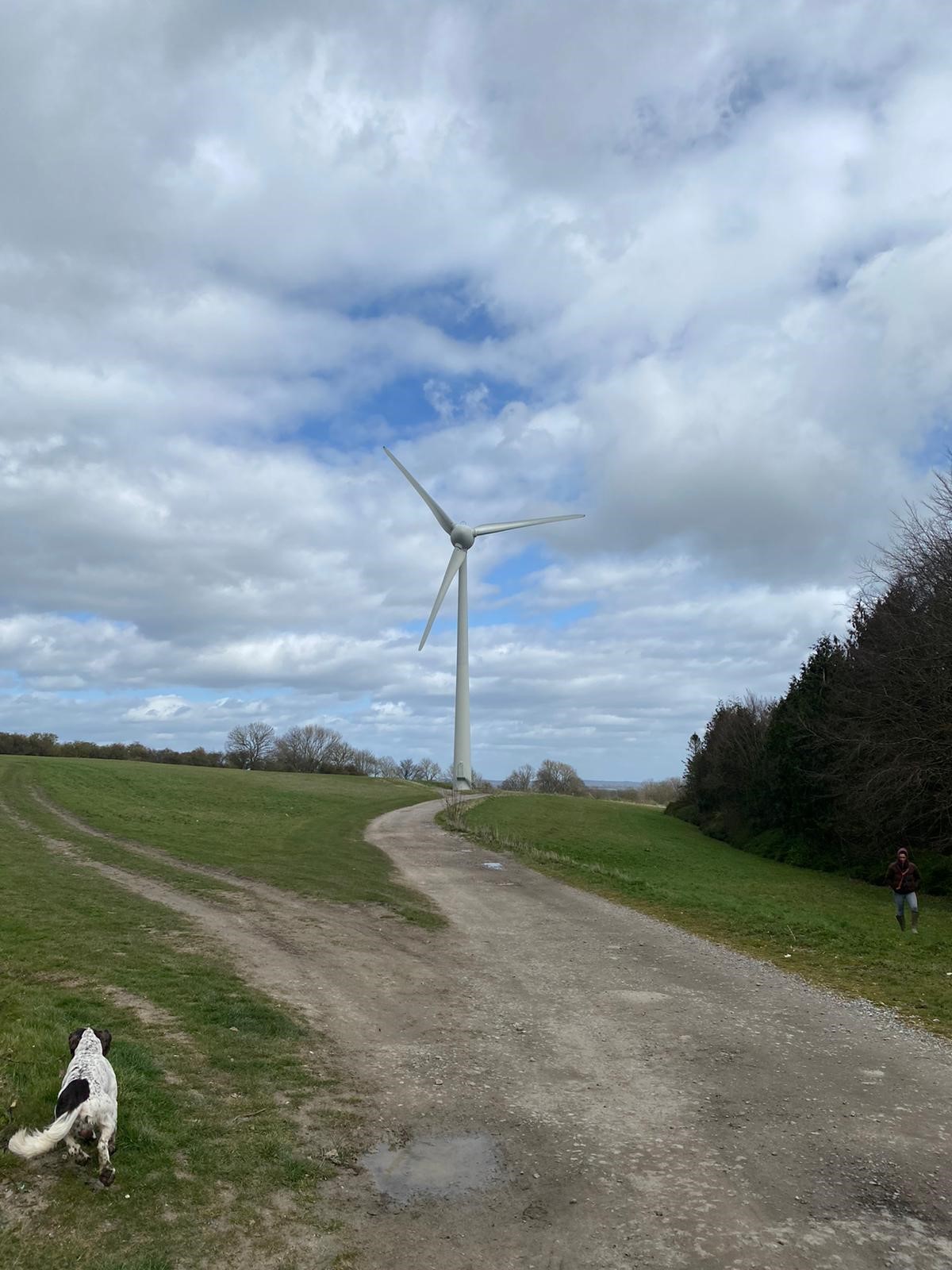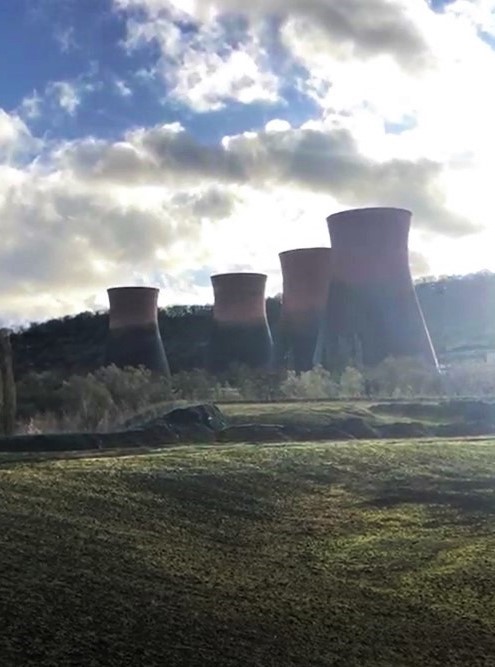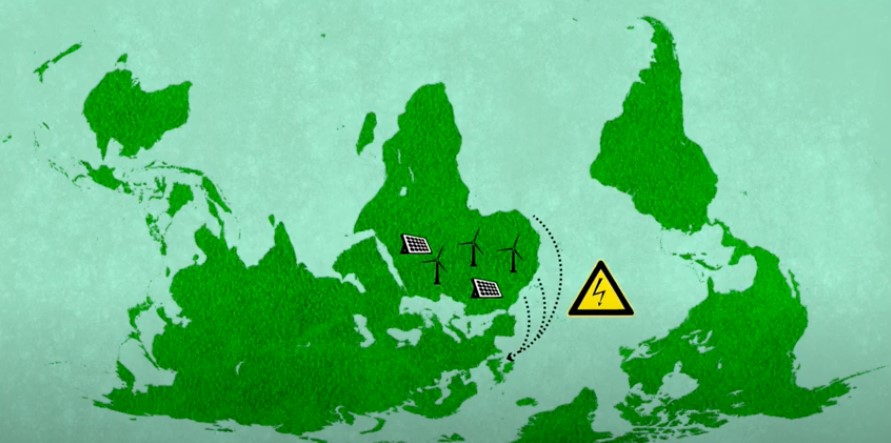Susana Batel, Center for Social Research and Intervention (Cis-IUL), University Institute of Lisbon (ISCTE-IUL), Lisboa, Portugal
Research presented in an article recently published in the journal Nature, highlights that global human-made mass – including plastics, metals, concrete, bricks, asphalt and aggregates – has already exceeded living natural biomass. The human-induced geological epoch of the Anthropocene is thus becoming increasingly visible and concrete through one of its main devastating consequences, that we now all live in a permanently polluted world (Liboiron, Tironi & Calvillo, 2018). However, there are still some territories and communities that are more affected by this insidious toxicity than others. This has been clearly exposed through the hunger strike and protests led by community activists in Chicago’s already heavily polluted Southeast Side [#StopGeneralIron], where, as reported by the Guardian, a metal recycling plant was due to open after the same firm shut a metal scrapyard in a white affluent part of town – or what the communities deemed as environmental racism, given that most of the residents in the Southeast Side are black and Latino (see also McReary & Milligan, 2021). As described in the Guardian’s article, the neighborhood has a landscape of high-voltage power lines, bridges, highways and several brownfields, which make it one of the most industrialized areas of Chicago, with million pounds of toxins yearly dumped into the air and related health impacts for community residents. The new metal recycling plant to be built would add to that by producing hazardous dust particles that can cause heart and lung problems.
These community protests against the plan to build a metal recycling plant in the place where they live, strikingly illustrate two key issues in reflecting about and devising ways to foster fair low carbon energy transitions in contemporary globalized, climate-changed and unequal societies. First, that policy and governmental agendas and initiatives towards environmental sustainability – such as recycling metal or generating renewable energy – imply deploying infrastructures and facilities somewhere, which are not free from harmful socio-ecological impacts. Second, that despite all the toxicity and pollution – air, visual, auditive – in the Southeast Side of Chicago, community members protesting against the recycling plant seem to have a strong sense of place and emotional attachment to these territories – they were born or grew up there, it is where they have their families, friends and roots, and so they fight for making their communities better, places where they should be able to stay to live livable, good lives, with dignity, fairness and a sense of agency (Schlosberg, Rickards & Byrne, 2018).
This highlights how socio-spatial-environmental conflicts are often not only conflicts over the productive, consumptive and/or protective functions of and towards territories and ecological systems as such, but also over the cultural, symbolic and emotional meanings and relations that people co-construct with those systems and territories and that can allow them to have a sense of belonging, of agency and of future. This sense of place and of future can be fostered and potentiated by renewable energy infrastructures – see Four Winds co-op for an example – but can also be seen as menaced by those same infrastructures if they are not deployed in an environmentally and socially just, fair and inclusive way.

Renewable energy transitions in the Global North are being mostly organized through centralized energy systems, materialized through large-scale infrastructures – hydropower plants, wind farms, high voltage power lines – and intensive extraction activities – needed, for instance, to obtain rare earth minerals that are used in wind farms, or lithium to be used for energy storage. These infrastructures and extractive activities often generate several socio-environmental harmful impacts, including changing local ecosystems and landscapes and associated affects, meanings and senses of place, of home and of community. Senses of place and related demands for a right to place and to associated symbolic and emotional attachments – or recognition justice (Walker, 2009) – are a key factor then in promoting local communities’ environmental justice struggles and activism. But, as hinted at before, the relations between place and community identities and attachments and socio-ecological justice are multilayered and demands an historical, political and geographical perspective, from the local to the global.
In the Global North, the drive towards fostering carbon neutrality to address the climate crisis is being largely conducted within the same political economic model as the fossil fuel-based industrial transition that has created the climate crisis in the first place (Malm, 2016), and, as such, is increasingly entangled with what has been called energy colonialism. This means reproducing colonial exploitative and racialized economies – such as those supporting the construction of the metal recycling plant in Chicago’s Southeast Side – by exporting the socio-environmental risks and harms of renewable energy generation and associated mega infrastructures and extractive activities to the Global South but also to vulnerable and marginalized places and communities in general. As such, this new energy colonialism manages to continue the politics of exporting socio-environmental risks and harms and making them invisible to the neoliberal democratic and over-consumptive urban societies and societies of the Global North.
This is clearly illustrated by the Desertec project, which aimed to build large-scale solar plants and wind farms in the North of Africa and Middle East with the main goal of feeding the European electricity system and grid; but also more recently by community protests against lithium extraction in rural areas in Portugal, needed to feed the electric mobility and intermittent renewables transitions in the European Union. Another example is given by Batel and Devine-Wright (2017), who have interviewed local communities in Wales to understand their opposition to new high voltage power lines to be constructed near them to connect new wind farms in Wales to the grid in England. One of the main aspects pointed out by the community members as prompting their opposition to those energy infrastructures, were the colonial shades shaping these projects, anchored in the collective memories and cross-generational psycho-social harms – including to senses of place and identity – associated with the construction of hydropower plants throughout the 19th-20th centuries and their submersion and displacement of rural communities in Wales, to provide England with water.

These cases illustrate the importance of considering issues of socio-environmental justice at different scales, local to global, and also in a historical way – as otherwise they can become entangled in and reproduce unjust, colonial and exclusionary practices of the past, be it between the Global North and the Global South or between rural and urban territories in the same nation-state.
The need for a relational and historical approach to foster just low carbon energy transitions, has also become evident in research showing how, in the UK, local opposition to wind farms is often voiced by local communities seeing those infrastructures as destroying the identity of the British countryside – a rural green and pleasant land, a landscape of green rolling hills – and, with it, as menacing the national British/English identity itself. This research highlights how local opposition to low carbon energy transitions can also be used as part of larger conservative, climate change denialist ideologies, within which the British countryside is reified as the ultimate exile of a colonialist British white upper-class identity and associated privileges, akin to more populist right-wing agendas. These ideologies, that put side by side the fight against migrants and wind farms as a fight for ‘breathing space’, incentivize the erasing of conflicts over renewable energy generation by simply continuing with fossil fuels and white supremacist business as usual and associated petromasculinities (Daggett, 2018). In other words, discourses on conserving landscapes and places from renewable energy transitions can also be used ideologically to close down the space for other changes to happen in those spaces, such as with social migrations and multiculturalism.
These political-ideological strata of the relations between low carbon energy transitions and senses of place and of community reignite the relevance of the popular call for ‘Think global, act local’. Fostering fair low carbon energy transitions calls for recognizing and respecting local senses of place and of community, but within an ethos of positive parochialism (Devine-Wright, Smith & Batel, 2019), that is, in a progressive, non-exclusionary way to other places and communities; or, as Doreen Massey would put it, for a global sense of place. This multiscale focality might then create the conditions for socio-ecological justice in current energy transitions to be claimed at local and global levels and to foster more solidarity between and across nation states and local communities alike, thus paving the way to collectively find alternatives to current capitalist-driven low carbon energy transitions. This might imply working towards the decentralization of energy systems, as suggested in a representative survey to UK residents (Devine-Wright & Batel, 2017); devising just ways to include current carbon-based communities in the transition towards carbon neutrality (Rähtzel & Uzzell, 2019); and also, essentially, degrowth.
